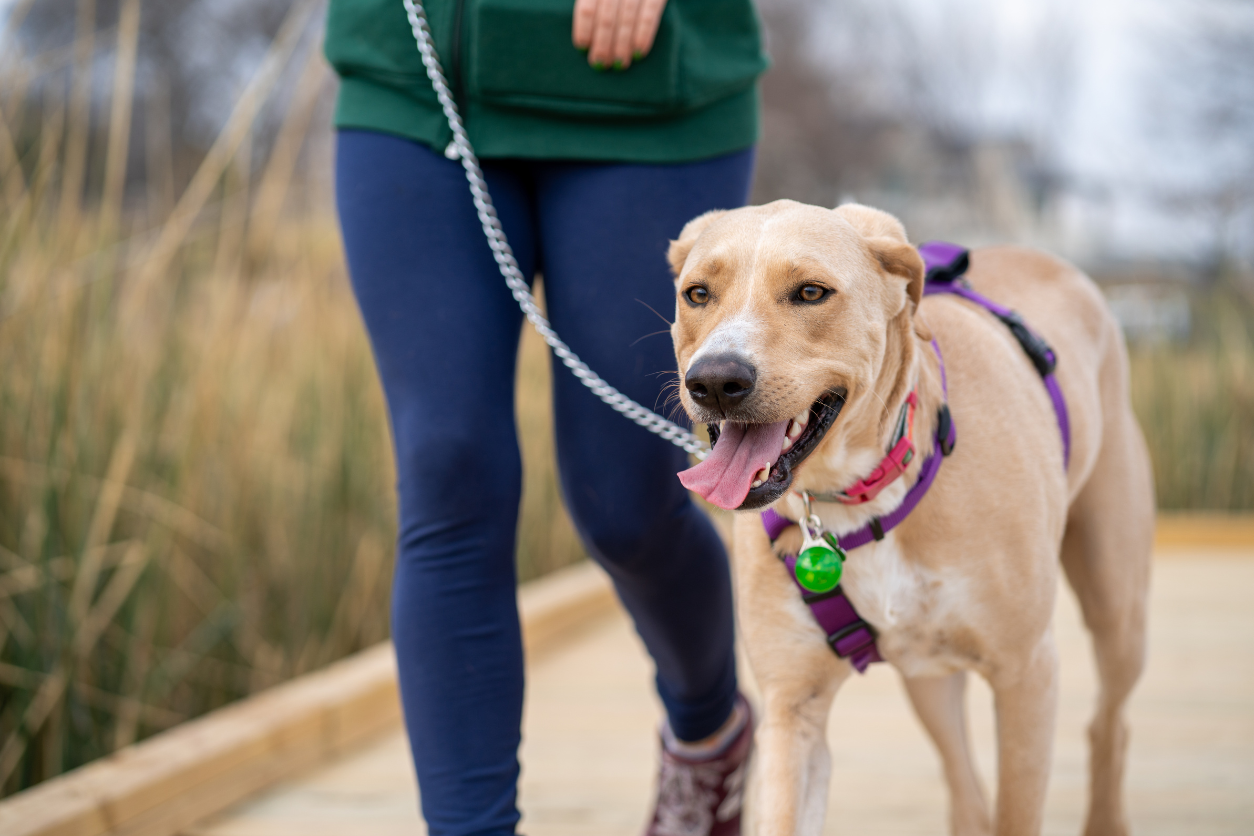How to Train a Dog to Walk on a Leash: Tips and Tricks for Pup Parents

Walking your dog is more than just a way of exercising—it’s a chance for them to explore the world beyond your backyard. However, an unruly dog on a leash can turn what should be a pleasurable activity into a tug-of-war. Training your dog to walk on a leash is crucial for their safety and sanity. Here are some tips and tricks to help you and your canine companion enjoy your walks together.
Understanding Dog Psychology
Before you even pick up a leash, it’s important to understand dog psychology. Dogs are not born knowing how to walk on a leash, so patience is key. They might view the leash as a plaything or feel scared of it if they’re not used to it. Your goal is to make them understand that a leash is not a toy or a threat but a tool for communication between you and them.
Choosing the Right Gear
The type of leash you choose can make a big difference. A double dog leash is a great choice for many owners, especially if two pets like to go out together. It allows for better control of both dogs simultaneously, preventing the leashes from getting tangled and helping train both dogs to walk harmoniously.
For single-dog households, a sturdy, comfortable leash and collar are essential. Some trainers recommend a harness for dogs that pull as it gives better control and is safer for the dog’s neck.
Leash Training Basics
Start by letting your dog get used to the collar or harness by wearing it around the house. Attach the leash and let them walk around with it under supervision. They might chew on or play with it at first, but eventually, they’ll ignore it. Once they’re used to it, pick up the leash and follow your dog, keeping a slack in the line. This makes them aware that the leash doesn’t restrict them.
Introducing Commands
Teach your dog simple commands such as “come,” “sit,” “stay,” and “heel.” Use treats and praise as rewards for following commands. These basic commands create the foundation for leash walking. Remember to keep training sessions short, at most five minutes for puppies and 15 minutes for older dogs.
Taking the First Steps
Now, it’s time to take the training outside. Start in a quiet area without many distractions. Hold the leash relaxed, and call your dog to you. Begin walking with your dog beside or behind you, never in front. If they pull on the leash, stop walking and call them back to you. Only move once they come to you since there is slack on the leash. Consistency is key—do not allow pulling sometimes, but not others.
Positive Reinforcement
Always use positive reinforcement when your dog walks well on a leash. Treats, praise, and playtime are all good rewards. Avoid negative reinforcement, such as yelling or jerking on the leash, as these can cause fear and aggression.
Dealing with Distractions
Start introducing distractions once your dog is walking nicely in a quiet area. Bring them to a slightly busier area or walk past people and other dogs. If they remain calm and by your side, reward them. If they lunge or bark, redirect their attention with a treat or a command.
Increasing Challenges Gradually
As your dog gets better at walking on a leash, increase the difficulty level. Walk in new places, with new distractions, and for longer periods. If you have two dogs, now is the time to introduce the double dog leash if you haven’t already. Remember to be patient and consistent.
Socialization
A well-socialized dog is often better behaved on a leash. Ensure your dog has plenty of positive experiences with other dogs and people. Proper socialization can reduce fear and aggression, making leash training easier.
Regular Practice
Like any training, the key to success is regular practice. The more you work with your dog on a leash, the better they will become. Even after training them, continue to practice and reinforce good leash behavior.
Final Thoughts!
Training your dog to walk on a leash takes time and patience, but it is a rewarding experience. A well-behaved dog is a pleasure to walk, opening up new opportunities for adventures together. Remember, a leash is a line of communication between you and your dog, so always keep it positive. With these tips and tricks, you and your pup will walk in harmony in no time.
Your Pet’s Best Interest, Always
At Pet Institute, we take pet care seriously. We're dedicated to transparency, impartiality, and the well-being of your pets in every article, review, and recommendation we provide. Our unwavering commitment to these principles ensures that you, our valued reader, always receive reliable and unbiased information. Let us be your trusted guide in the world of pet care and companionship.